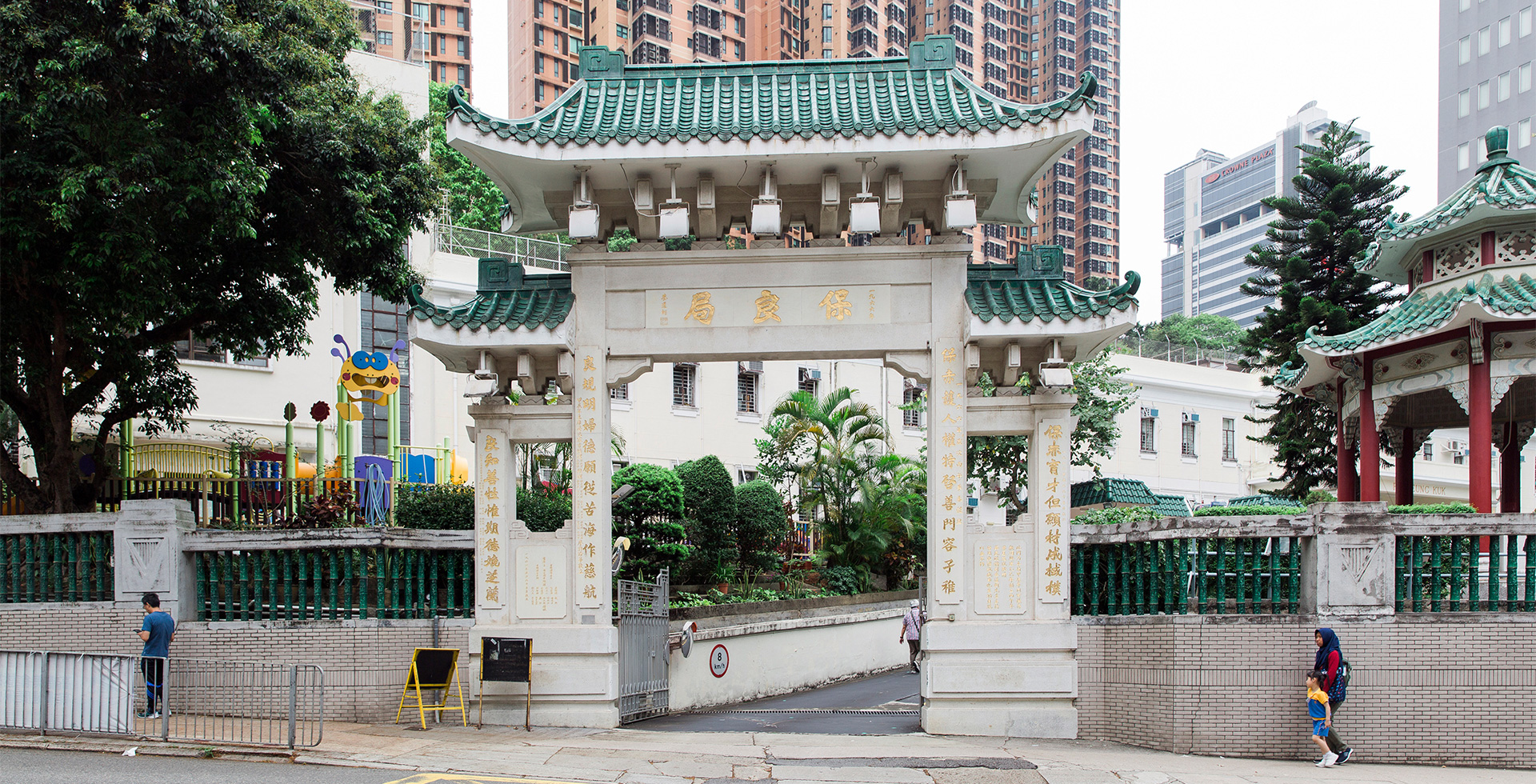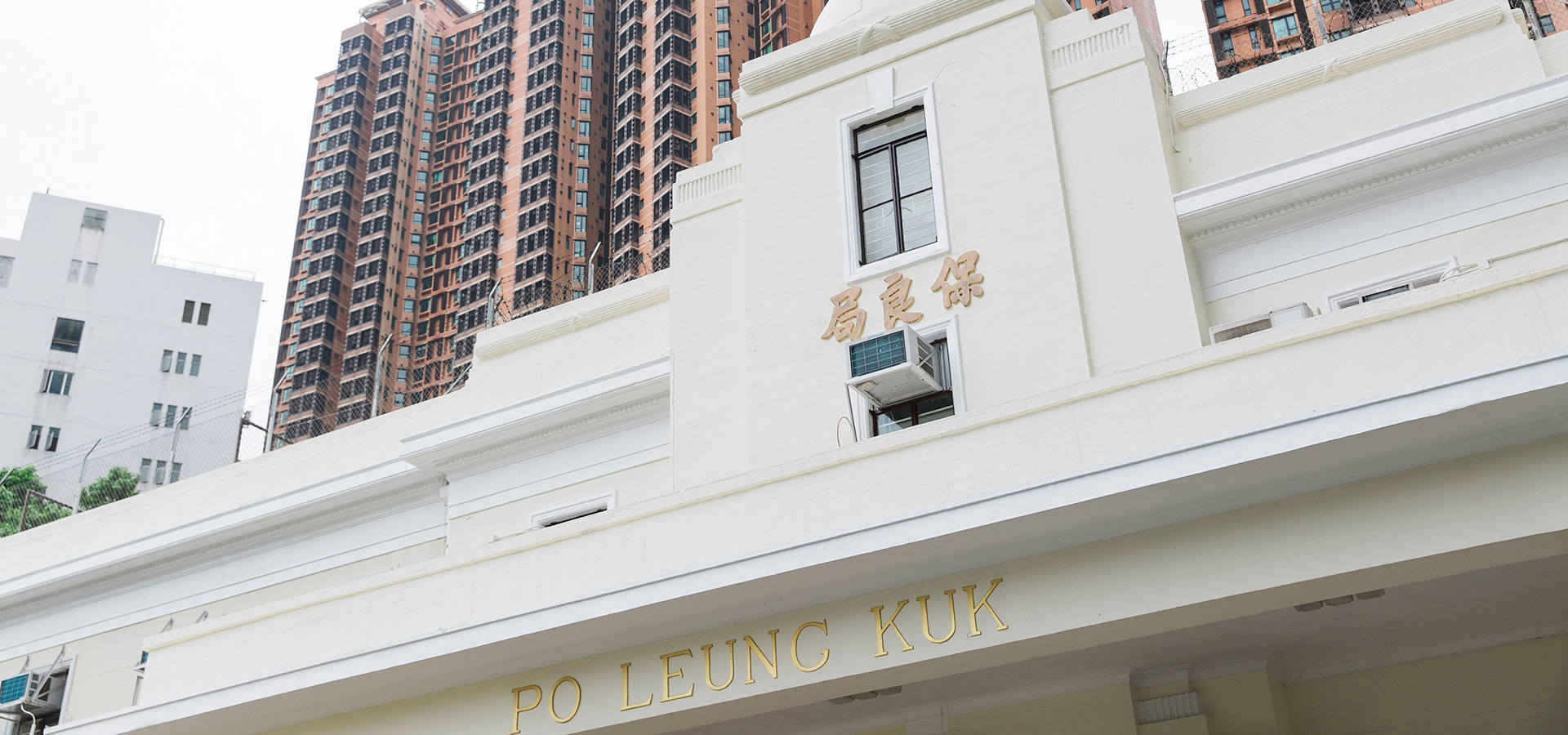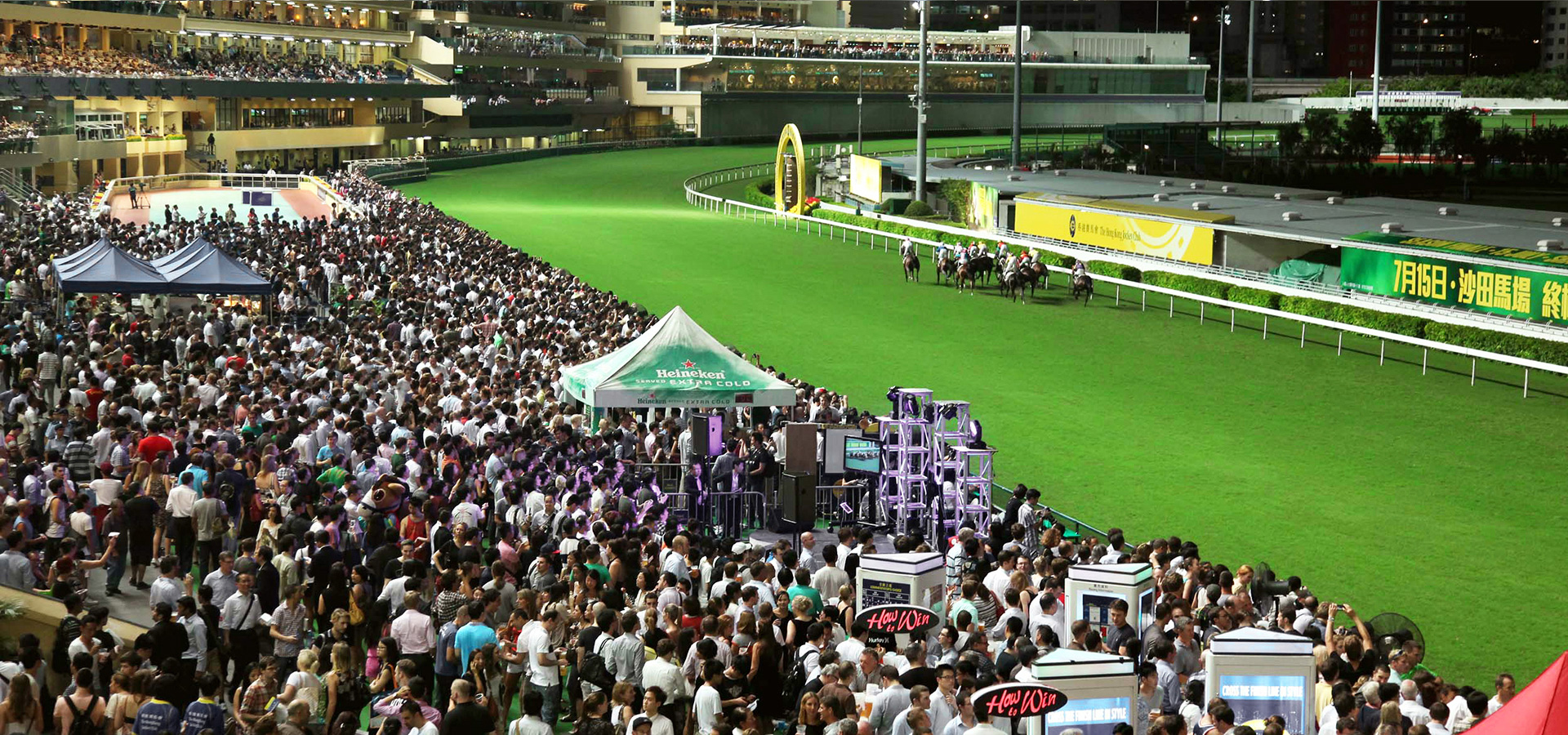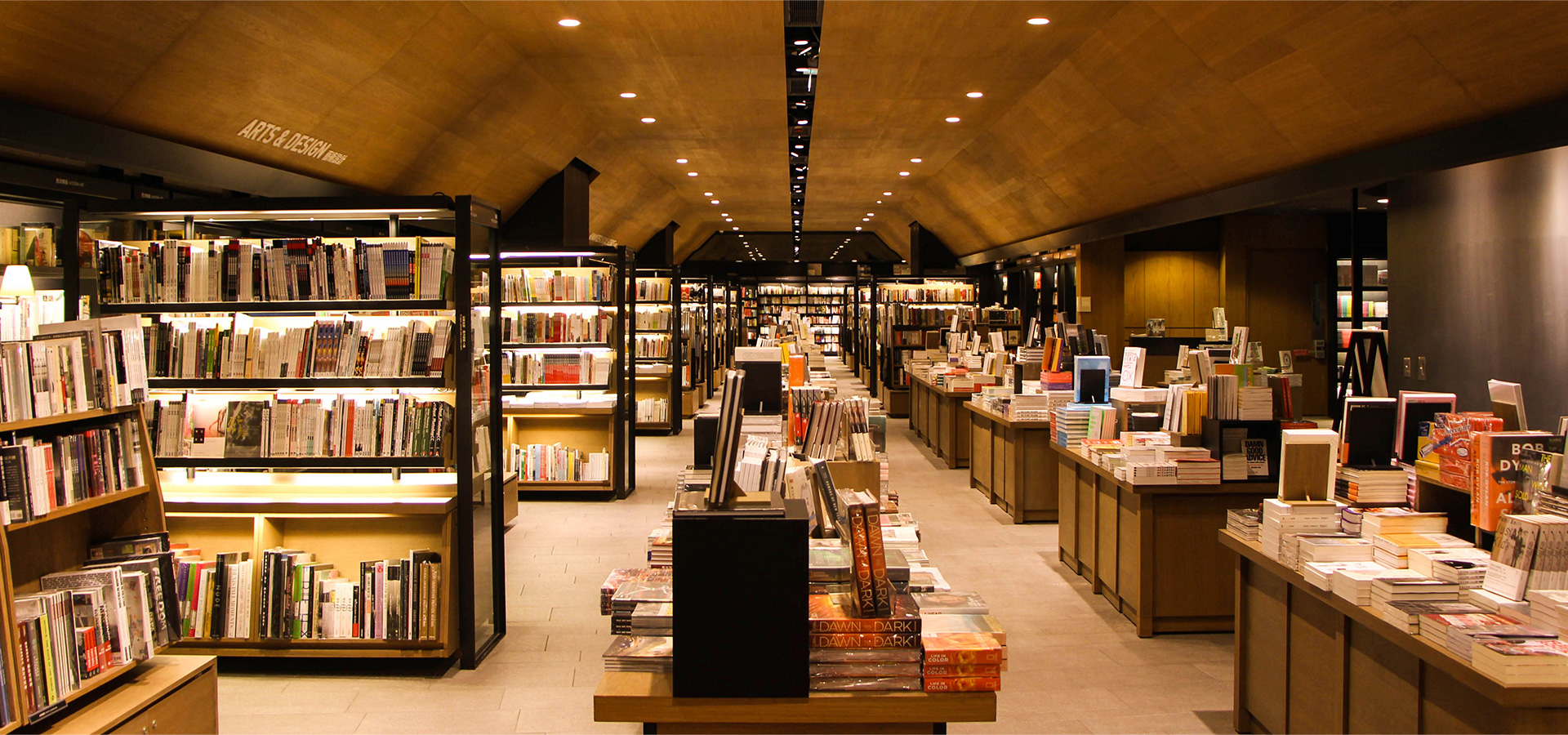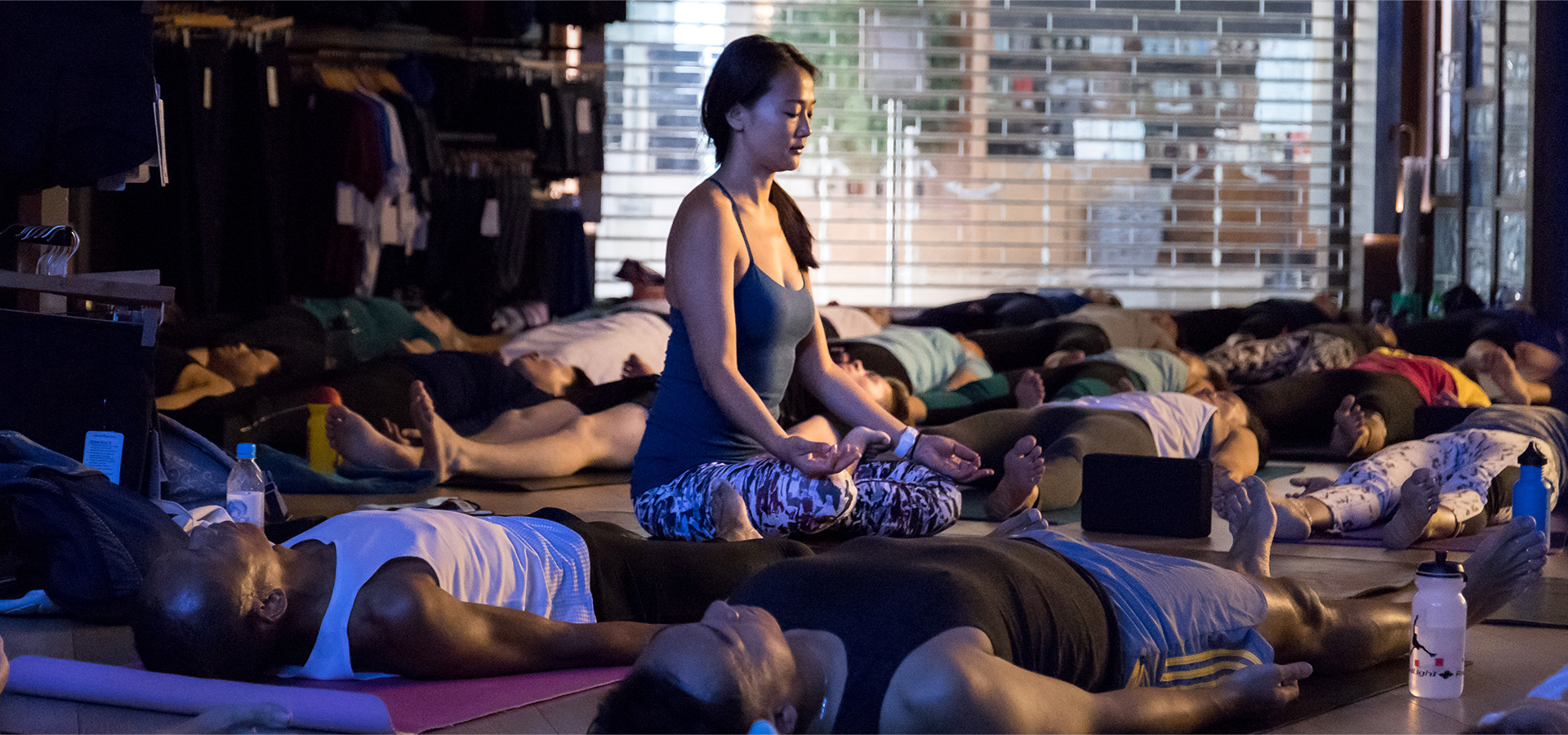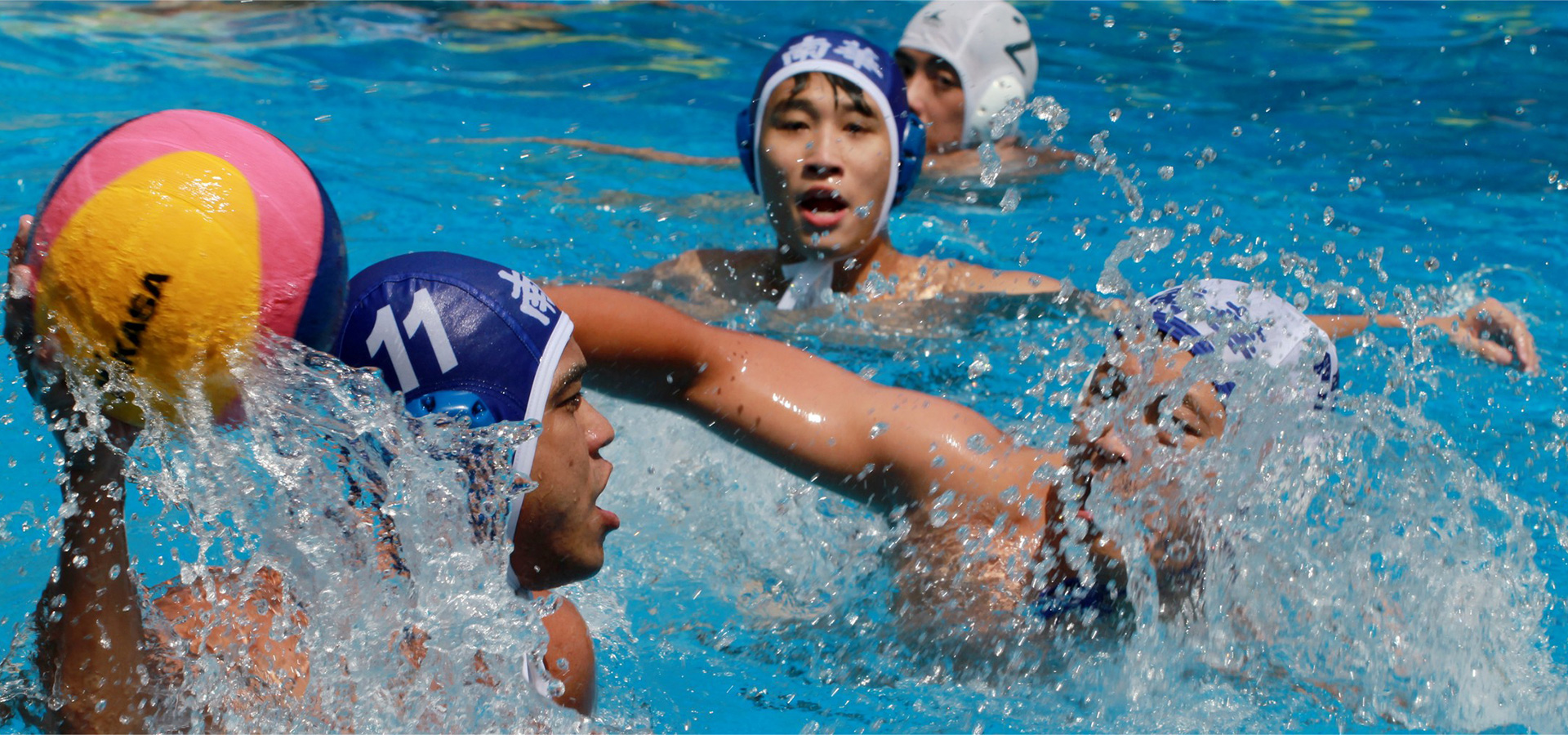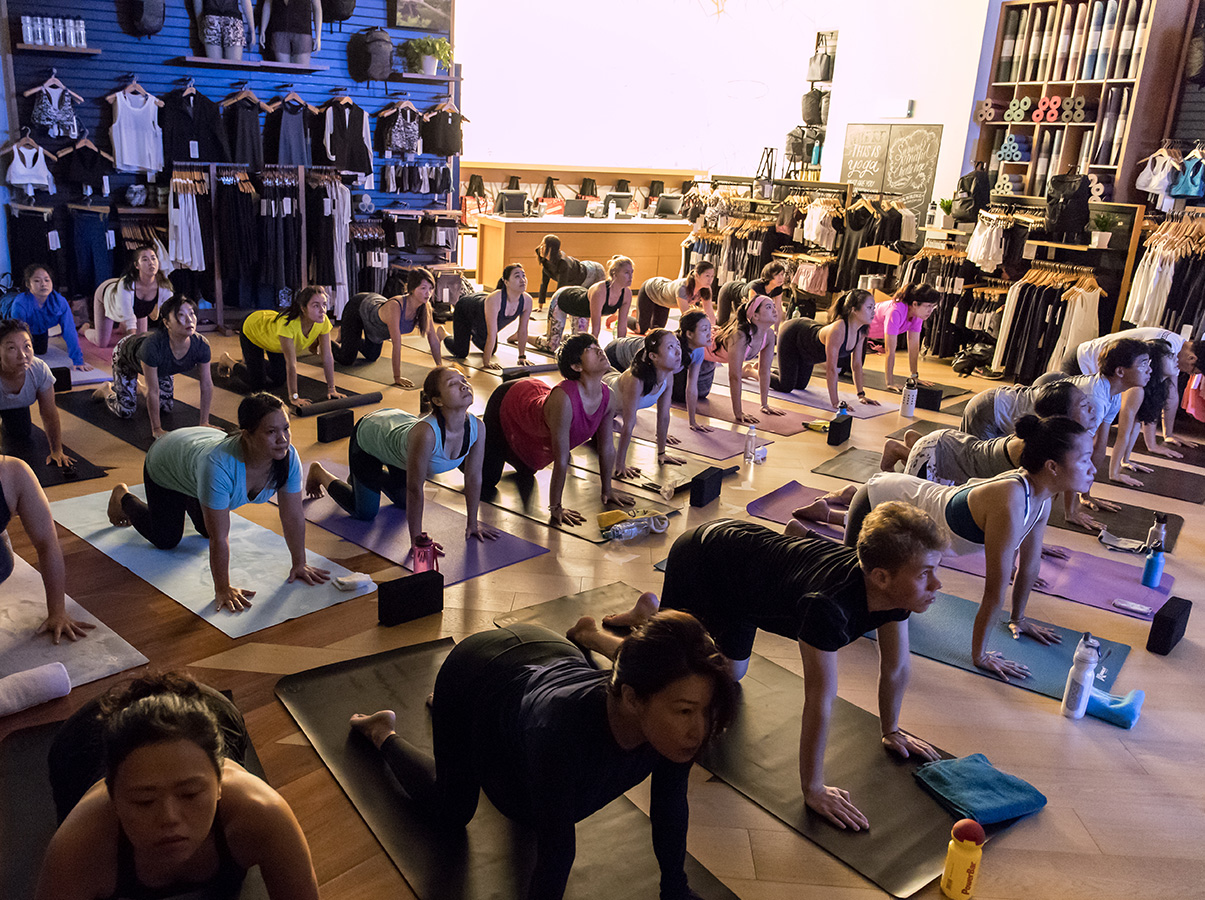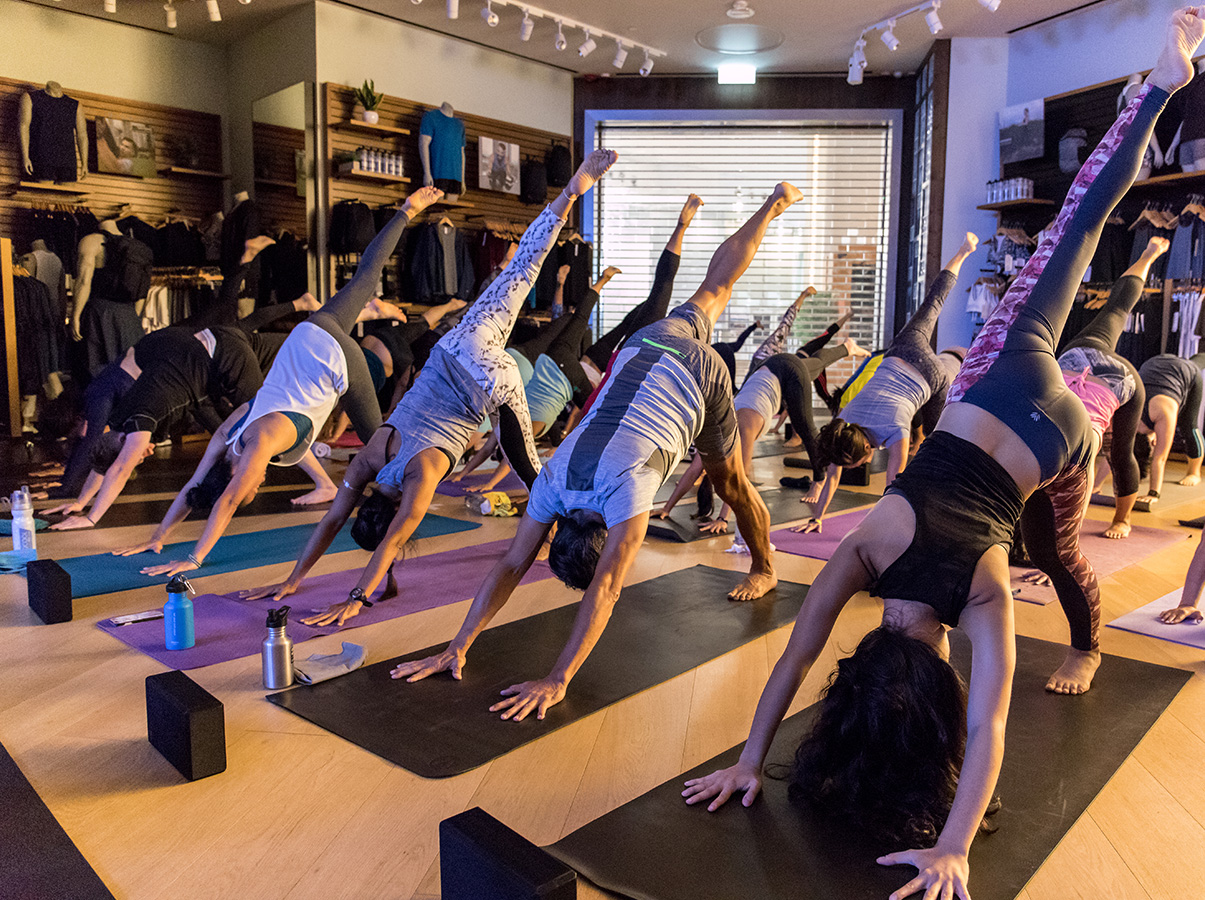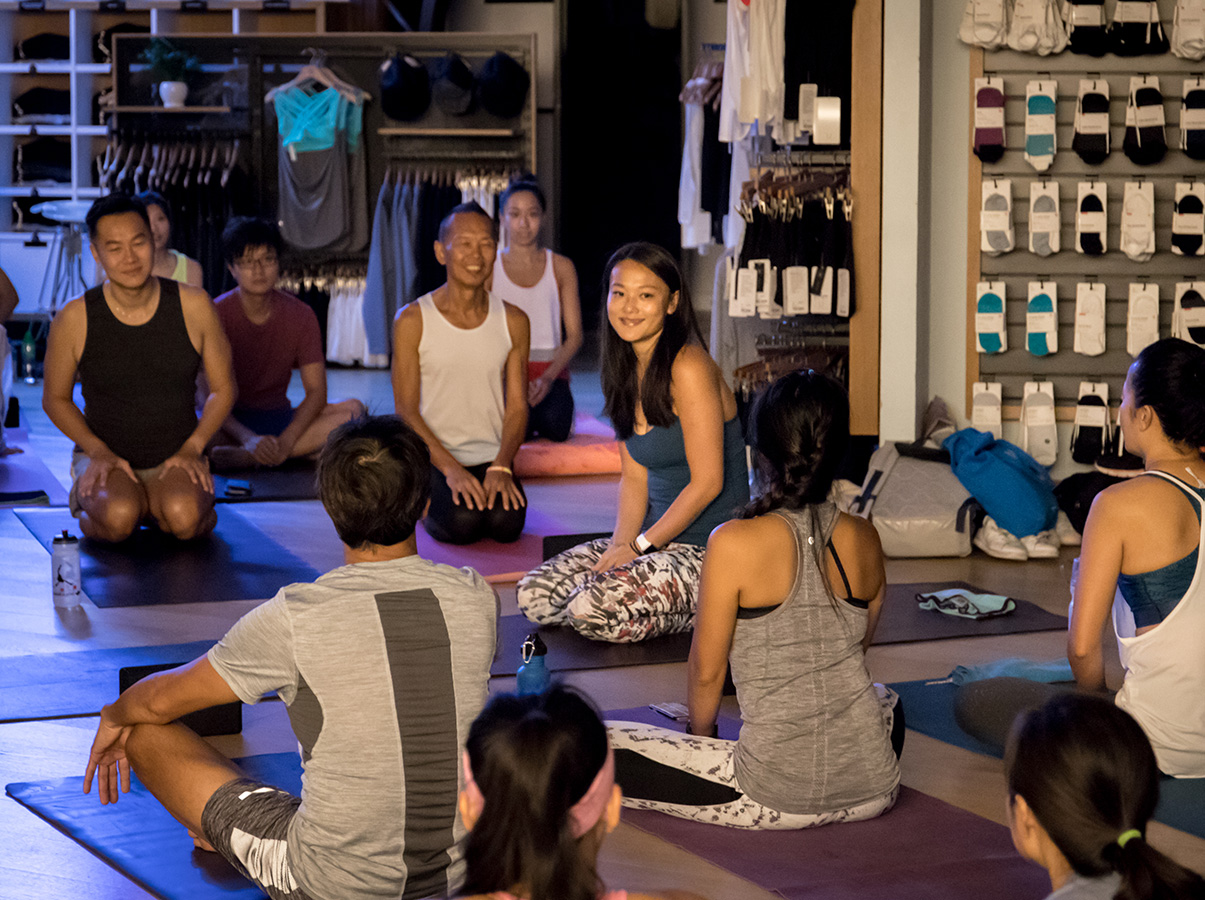We are the neighbourhood
Thanks to its historic role as the centre of gravity for social life on Hong Kong island, Causeway Bay is home to some of the city’s most tight-knit communities. Some have been around for generations, others are only just developing.
The old Chinese arch stands out amidst the glossy office towers of Leighton Road. But if you pass through it, you will discover a part of Causeway Bay that’s been there for much longer than any office tower: the Po Leung Kuk, one of Hong Kong’s largest and oldest charity organisations. A neighbourhood landmark that has stood there since 1932, yet often goes unnoticed. “Not many people seem to know about it, but there’s actually a museum inside,” says Agnes Ho, the Po Leung Kuk’s deputy CEO. “We have some very interesting stories.”
The same could be said for many hidden corners of Causeway Bay. Although it is best known as a shopping and entertainment hub, Causeway Bay
is also home to many of Hong Kong’s oldest and most tight-knit communities. Some of these are prominent institutions such as the Po Leung Kuk and the Hong Kong Jockey Club but others are more informal, taking advantage of Causeway Bay’s historic role as the centre of gravity for social life on Hong Kong island.
“There are tons of running groups that meet here, tons of fitness clubs,” says Amanda Casgar, brand and community director for the Asian operations of lululemon. When the Canadian fitness brand first arrived in Hong Kong in 2015, it chose to open its flagship showroom in Causeway Bay because the neighbourhood was such a natural gathering place.
The old Chinese arch stands out amidst the glossy office towers of Leighton Road. But if you pass through it, you will discover a part of Causeway Bay that’s been there for much longer than any office tower: the Po Leung Kuk, one of Hong Kong’s largest and oldest charity organisations. A neighbourhood landmark that has stood there since 1932, yet often goes unnoticed. “Not many people seem to know about it, but there’s actually a museum inside,” says Agnes Ho, the Po Leung Kuk’s deputy CEO. “We have some very interesting stories.”
The same could be said for many hidden corners of Causeway Bay. Although it is best known as a shopping and entertainment hub, Causeway Bay is also home to many of Hong Kong’s oldest and most tight-knit communities. Some of these are prominent institutions such as the Po Leung Kuk and the Hong Kong Jockey Club but others are more informal, taking advantage of Causeway Bay’s historic role as the centre of gravity for social life on Hong Kong island.
“There are tons of running groups that meet here, tons of fitness clubs,” says Amanda Casgar, brand and community director for the Asian operations of lululemon. When the Canadian fitness brand first arrived in Hong Kong in 2015, it chose to open its flagship showroom in Causeway Bay because the neighbourhood was such a natural gathering place.
(Images: lululemon Hong Kong)
Amanda Casgar, brand and community director for the Asian operations of lululemon
“We have a huge focus on the community and we love what is happening around the sweat life in Causeway Bay,” says Amanda. Because it is so convenient, running groups meet in the area and then proceed to Victoria Park. In Hysan Place, lululemon organises outdoor yoga sessions on the fourth floor, along with events staged in collaboration with some of the mall’s other tenants. “Even though we’re a Canadian brand, we’re very much local,” says Amanda. “Our store managers and team in the store build relationships with our neighbours, partners and landlords to listen to our guests.”
Lynn Chang, company director of eslite
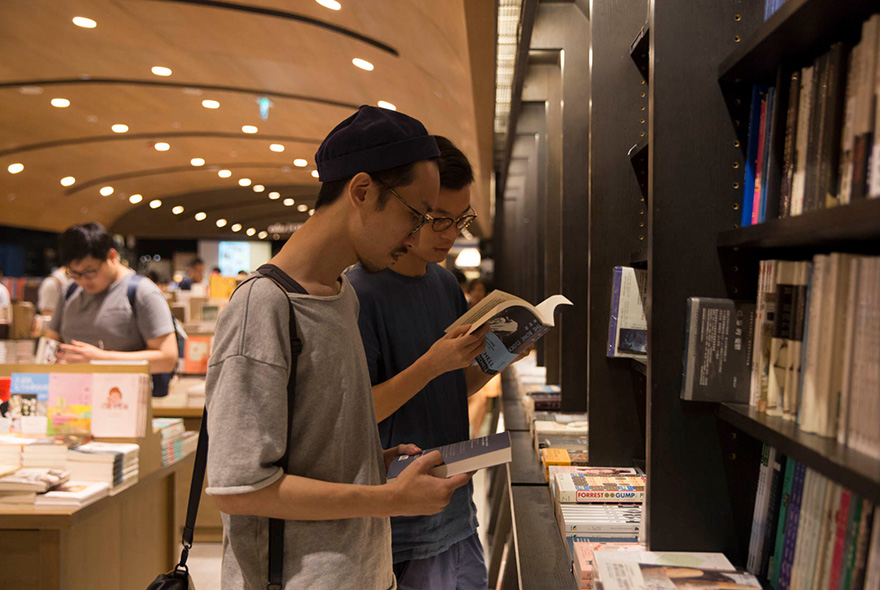
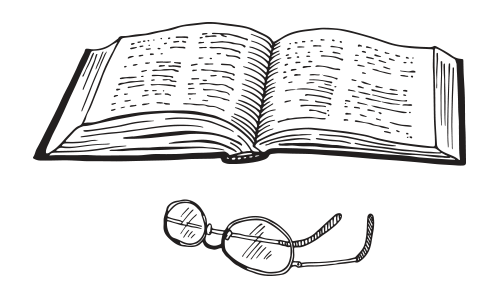
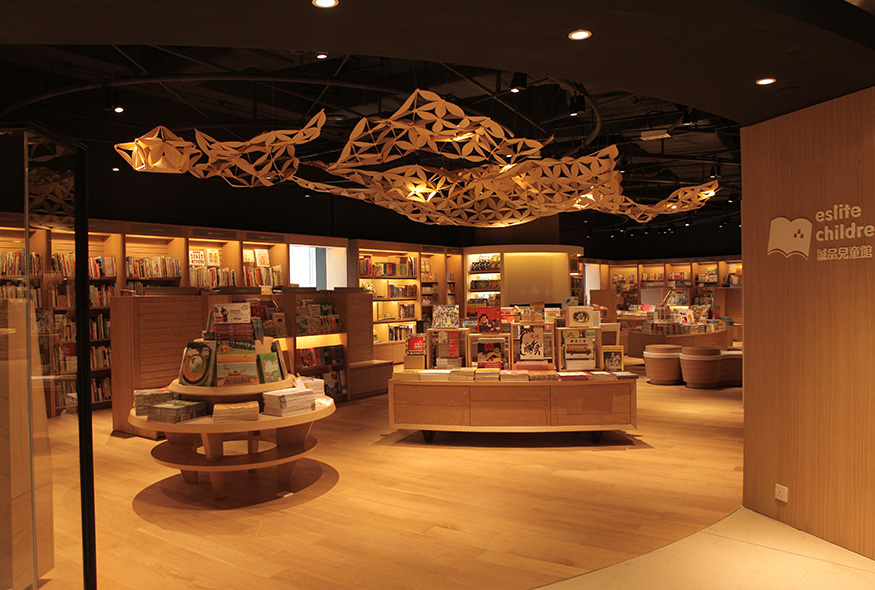
Taiwanese book emporium eslite chose to open its three-storey flagship Hong Kong location in Causeway Bay when it arrived here in 2012. “A lot of people know eslite as a bookstore, but we do a lot more,” says company director Lynn Chang. “Hong Kong is very busy. Work is tense and stressful. We hope eslite can provide space and a venue for people to release their stress.”
It does that not only through literature but also through events. “The programming that we provide is very diverse – movies, books or music, children activities and handicraft activities,” says Chang. “We’ve received really good feedback. So whenever we have events in the Causeway Bay store, it’s very packed.”
That’s particularly significant at a time when, in theory, the need for bricks-and-mortar bookstores has been replaced by e-books and online delivery. “Of course technology will change the way people read but what eslite provides is a venue,” says Lynn. “Apart from paper books — people like paper books and we see that people will continue to like picking up actual books to read — what eslite offers is face-to-face interaction. For example, making handicraft with a teacher or when reading in a comfortable setting while enjoying a cup of coffee brewed by a passionate barista, that’s something technology cannot replace.”
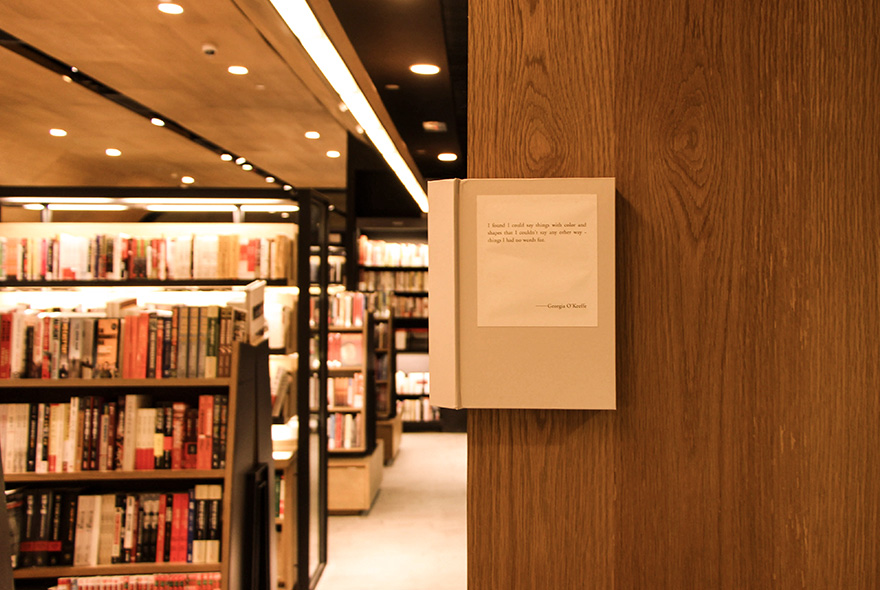
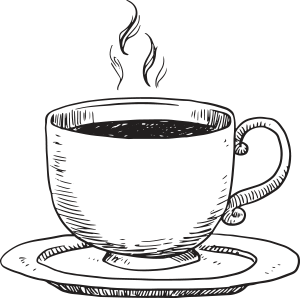
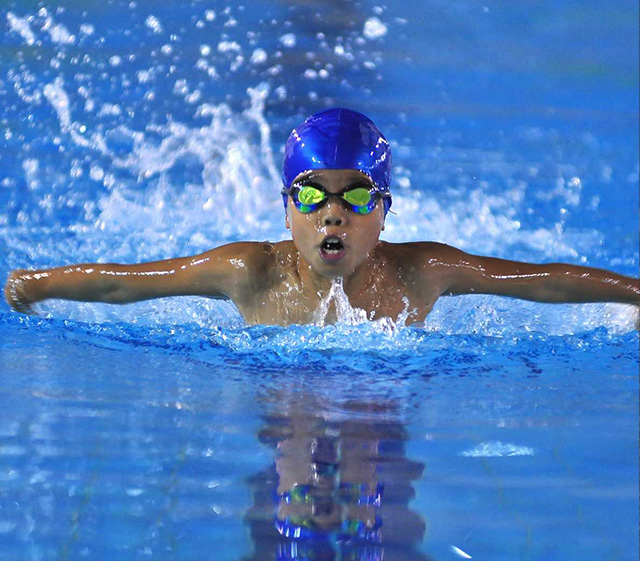
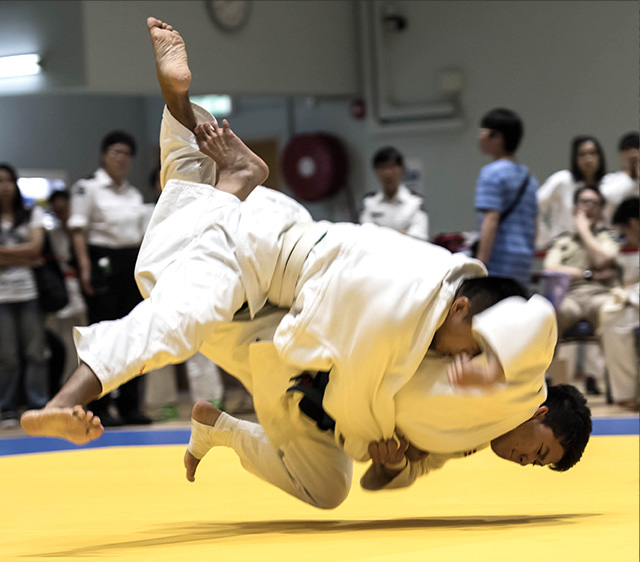
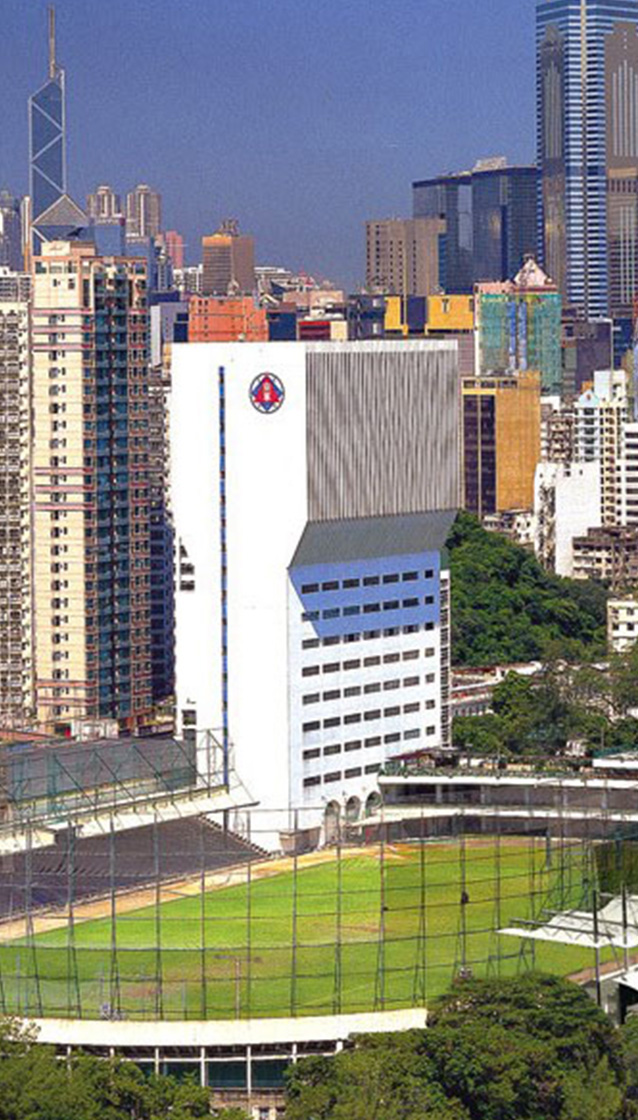
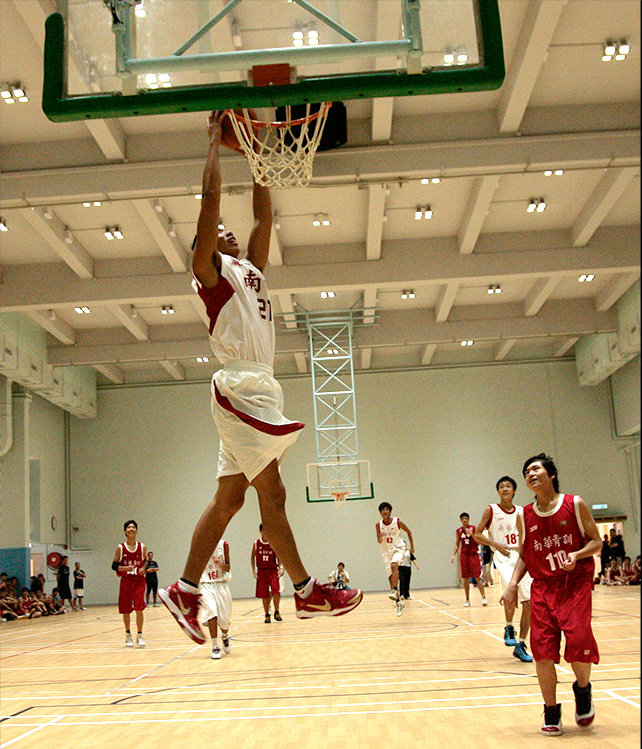
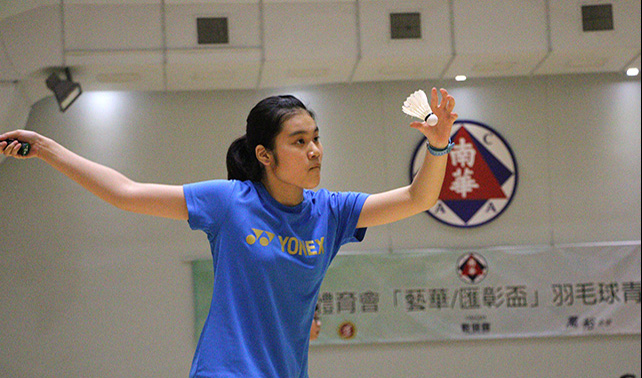
Billy Potts, founder of design firm Handsome Co.
Although Causeway Bay first developed as an industrial hub in the 19th century, the gentle hills and valleys that surround the area were also home to some of Hong Kong’s first community facilities. In 1916, Mok Hing – nephew of the Chinese comprador of British trading house Taikoo – founded the South China Recreation Club, (later South China Athletic Association) in Happy Valley. In the 1930s, the association established its formal venue with the building of the SCAA Stadium on Caroline Hill, thanks to the assistance from Mr. Lee Hysan.
Historically, the association provided a home to the South China Football Club, which represented the Republic of China in the Far Eastern Games, where it won nine consecutive championships. But for many people, the association is known less as a football club than as a friendly place to meet up with friends and play sports. Billy Potts, founder of design firm Handsome Co., grew up in Jardine’s Lookout and used to visit the SCAA often.
“In the early 2000s we did not have many school sports facilities other than the indoor gym so we would travel outside the school to do PE [physical education],” he says. “Those of us who weren’t sporty always chose bowling and we would do that at the SCAA. This was before they remodelled and before the ban on indoor smoking so it was pretty much the opposite of PE. We ordered nachos and bowled all afternoon.”
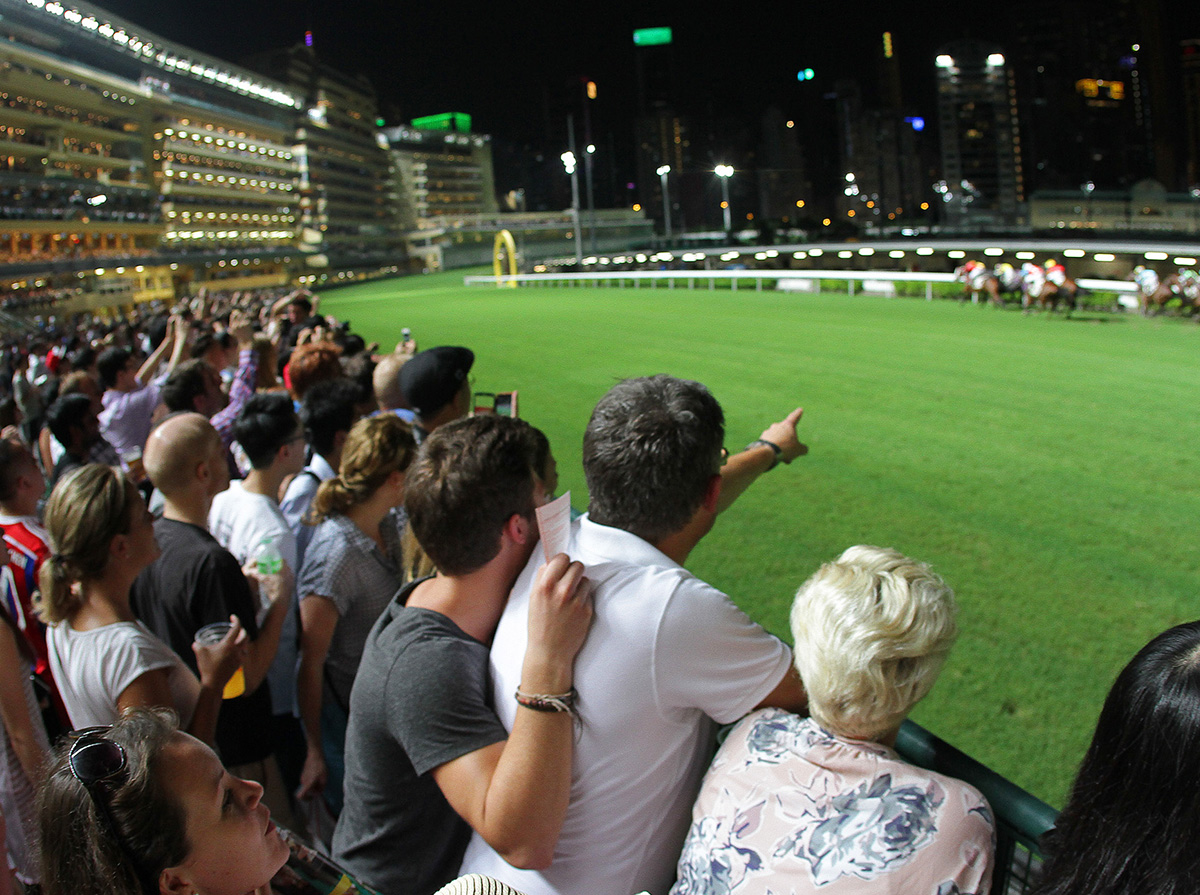
(Images: Hong Kong Jockey Club)
By that time, Potts was already familiar with the SCAA. “I used to do swimming training with a guy who had a swim training dynasty,” he says. “Everybody called him Captain Wright and his wife, daughter and son-in-law all trained who I guess would be Hong Kong’s future elite swimmers. One of their instructors used to get the kids to balance bottles of Yakult on their foreheads to make sure that their heads were perfectly steady while doing backstroke. When the heading failed one winter they drained the smaller of the two pools and made us run circles in it to warm up before they made us jump into the freezing 50 metre pool.”
Later, as an adult, Potts began using the association’s gym with his friend Ram, a driver he met while walking his dog in the mountains. “I liked how old-fashioned the gym was. It was like going into a time capsule,” he says. “It was pretty nice how people helped each other out if they saw anyone was having trouble with the equipment. There was quite a community of regulars in there.”
In recent years, the SCAA has been extensively renovated with multi-million dollar enhancements and new facilities to encourage more public participation. Like Causeway Bay as a whole, the neighbourhood’s community organisations are always changing. Nowhere is that more true than at the Happy Valley Racecourse, Hong Kong’s oldest horse racing venue. Built just a few years after the British arrived in Hong Kong, Happy Valley was chosen because it was the only land on the island flat enough for horse racing – although it was a swamp that needed to be drained before it was suitable for equine activities.
As the only legal form of gambling in Hong Kong, horse racing quickly became the city’s favourite sport. And for most of its history, it was based entirely in Happy Valley. When KL Cheng, the Jockey Club’s Head of Dual Site Stables Operations and Owners Services, started working there in 1979, the horses still resided in a stable high above the racecourse on Shan Kwong Road. Every morning at 5 o’clock, the horses walked in a procession downhill for training on the course. Making their way along a special rubberised path — Ma Lou, or Horse Road — they then had to cross the tram tracks. “They had to put on special shoes when they walked down, otherwise it would be very slippery,” recalls Cheng.
(Video: Hong Kong Jockey Club)
“The turns are sharp, the track is a bit narrow and the home straight is short. That makes it more challenging, so the jockeys have to time it very carefully,” says Cheng. “It’s more like an entertainment track. There’s the refreshing scent of fresh-cut grass in the middle of the city, with horses thundering past a backdrop of Causeway Bay high-rises.”
The Wednesday evening beer garden and live entertainment has made it a fashionable destination for young people. More than just gambling, it’s a rare chance to be mingle and chat in a wide-open outdoor space. And Cheng says people can feel good about spending their money, because the Jockey Club is Hong Kong’s biggest charity. “Even when you lose, the money goes to parks, hospitals, universities, old age homes. They’re helping others,” he says.

KL Cheng, Head of Dual Sites Stables Operations and Owners Services of Jockey Club
Since those early days in Happy Valley, Cheng has watched the Jockey Club grow and evolve. “This is my first, and so far, only job,” he says. After starting as a clerk in the registration department, Cheng became a handicapper – someone who evaluates the performance of all the horses and assigned them a handicap in order to equalise the chances of winning. After that, he was one of four local Chinese who was drafted to become management in a pre-handover “localisation” programme. “Before that, the management was British – mostly ex-military,” says Cheng.
These days, Cheng is responsible for 1,200 horses in the Jockey Club’s vast Sha Tin racing complex, and he is also overseeing a new stable facility that will soon open on the mainland. Although the more modern course means most important races take place in Sha Tin, there are still weekly races in Happy Valley where the conditions make for exciting race viewing.
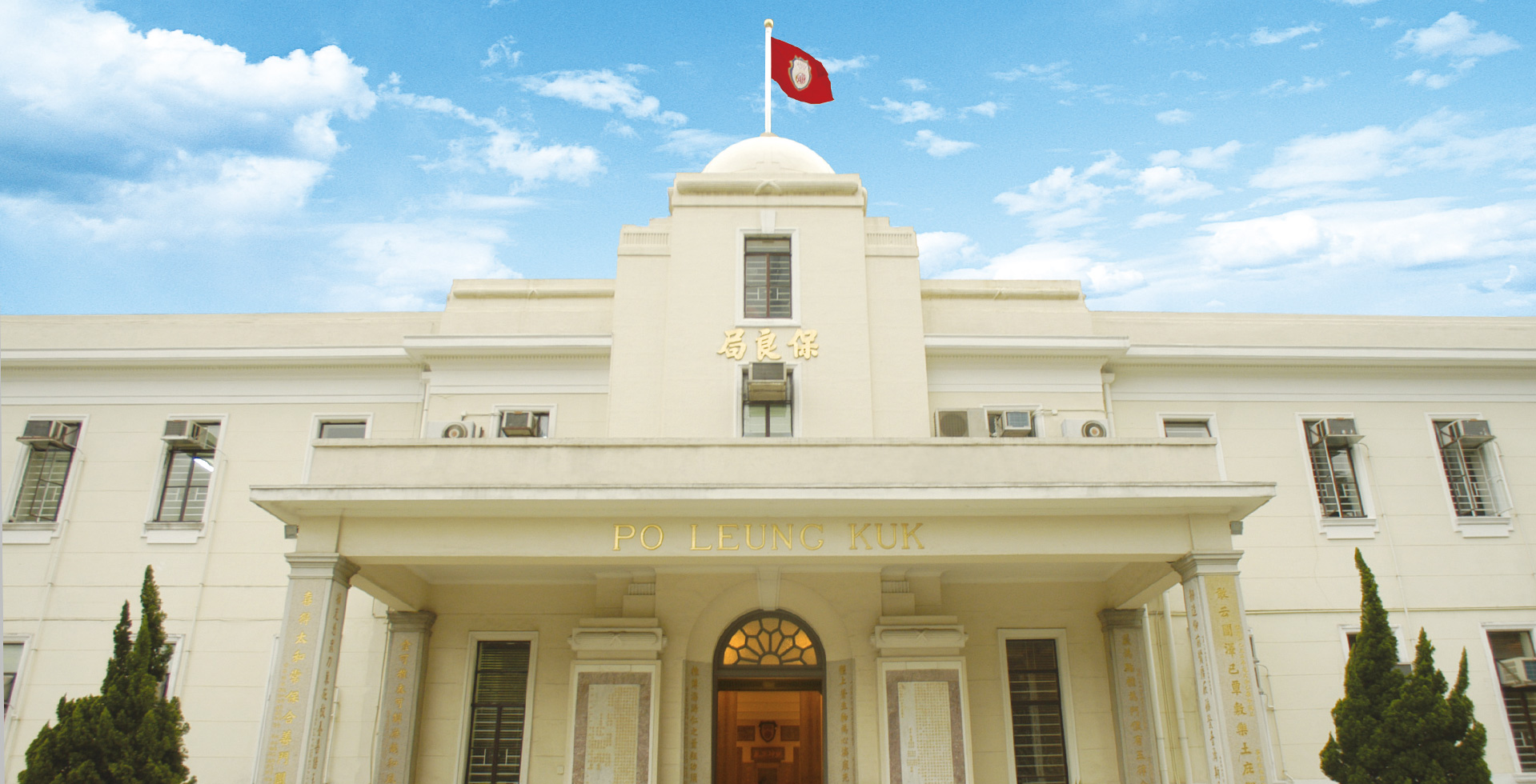
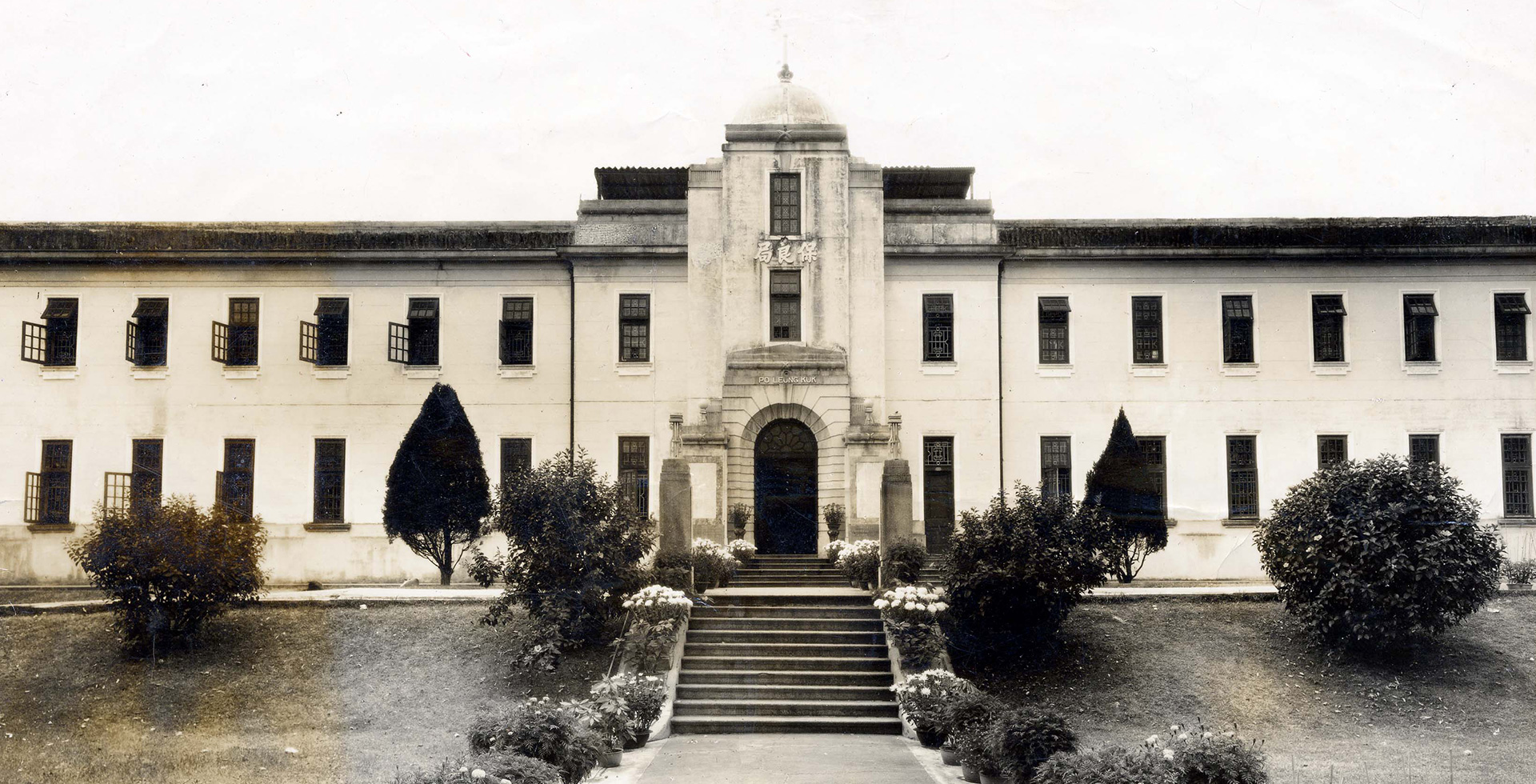
Agnes Ho, Deputy CEO of Po Leung Kuk
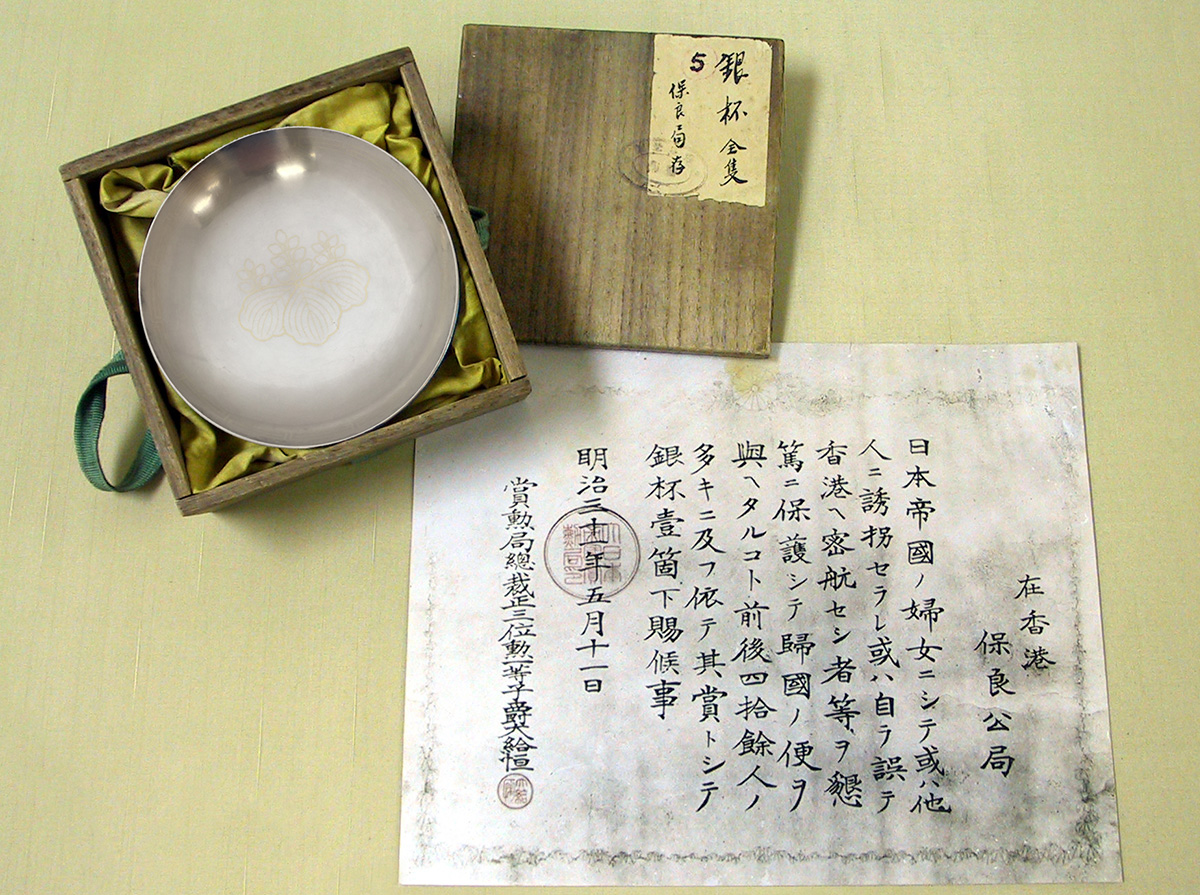
(Images: Po Leung Kuk)
Some of that money makes its way to other charities, such as the Po Leung Kuk. In the 19th century, young girls from poor families in Hong Kong and mainland China were often kidnapped or sold to work as prostitutes or servants, and so in 1878 a group of prominent Chinese citizens petitioned then-Governor John Pope Hennessy to set up an organisation to fight this human trafficking. The Po Leung Kuk was the result.
Along with rescuing many Chinese girls, the PLK also saved a group of 40 kidnapped Japanese girls from slavery and returned them to Japan. As a gesture of thanks, the Japanese government gave the PLK a priceless silver bowl in 1898 – and rumour has it that is one of the reasons why the organisation was left untouched during the Japanese occupation during World War II.
Since then, the PLK has expanded to provide a wide range of welfare, educational, cultural and recreational services. Being one of the largest school sponsoring bodies in Hong Kong, PLK operates 122 education units, including 97 registered schools. Departing from a long history of focusing exclusively on exam results, Agnes has introduced a programme that emphasises well-being and positive self-image. She says the goal is to create happy, well-rounded people, as well as to combat Hong Kong’s high rate of youth suicide, which will in turn give future Hong Kong generations a healthier and more productive future.
Agnes also oversees the PLK’s museum in Causeway Bay. Inside, you’ll find the famous silver bowl alongside a treasure trove of historic artefacts and documents from the organisation’s long history. She says it’s just one of the neighbourhood’s many hidden gems. “I spend most of my time in Causeway Bay. We have things like the museum, the Central Library and upstairs bookstores. Whatever you want, you can find it in Causeway Bay.”
